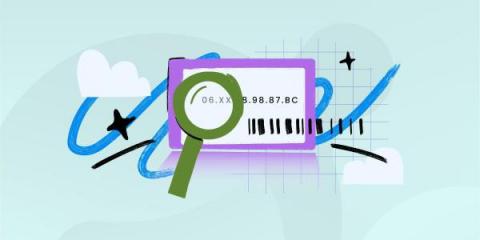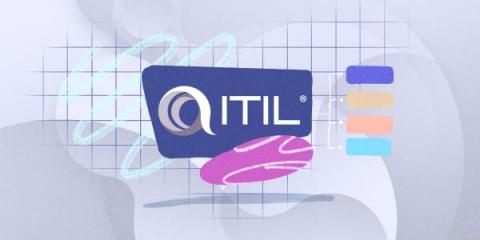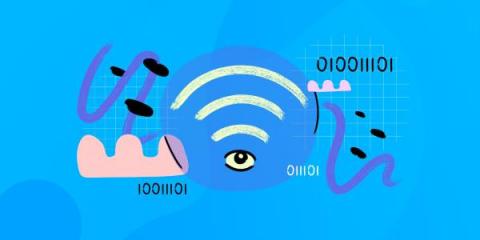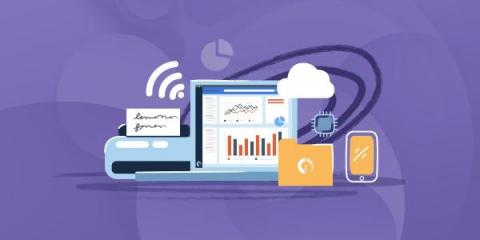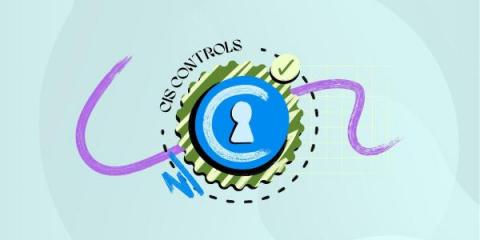Is ITIL for Everyone? Pros and Cons of ITIL
ITIL is probably the most used framework in the IT world right now. But it's easy to start taking it as undisputed truth, and something we don’t always ask ourselves is whether the ITIL framework works in every single scenario and for every industry. And, while we’re not shy about singing its praises, we also like to keep things real. Therefore, let’s take a look at the ITIL framework and ask ourselves: what are some of the pros and cons of ITIL?



